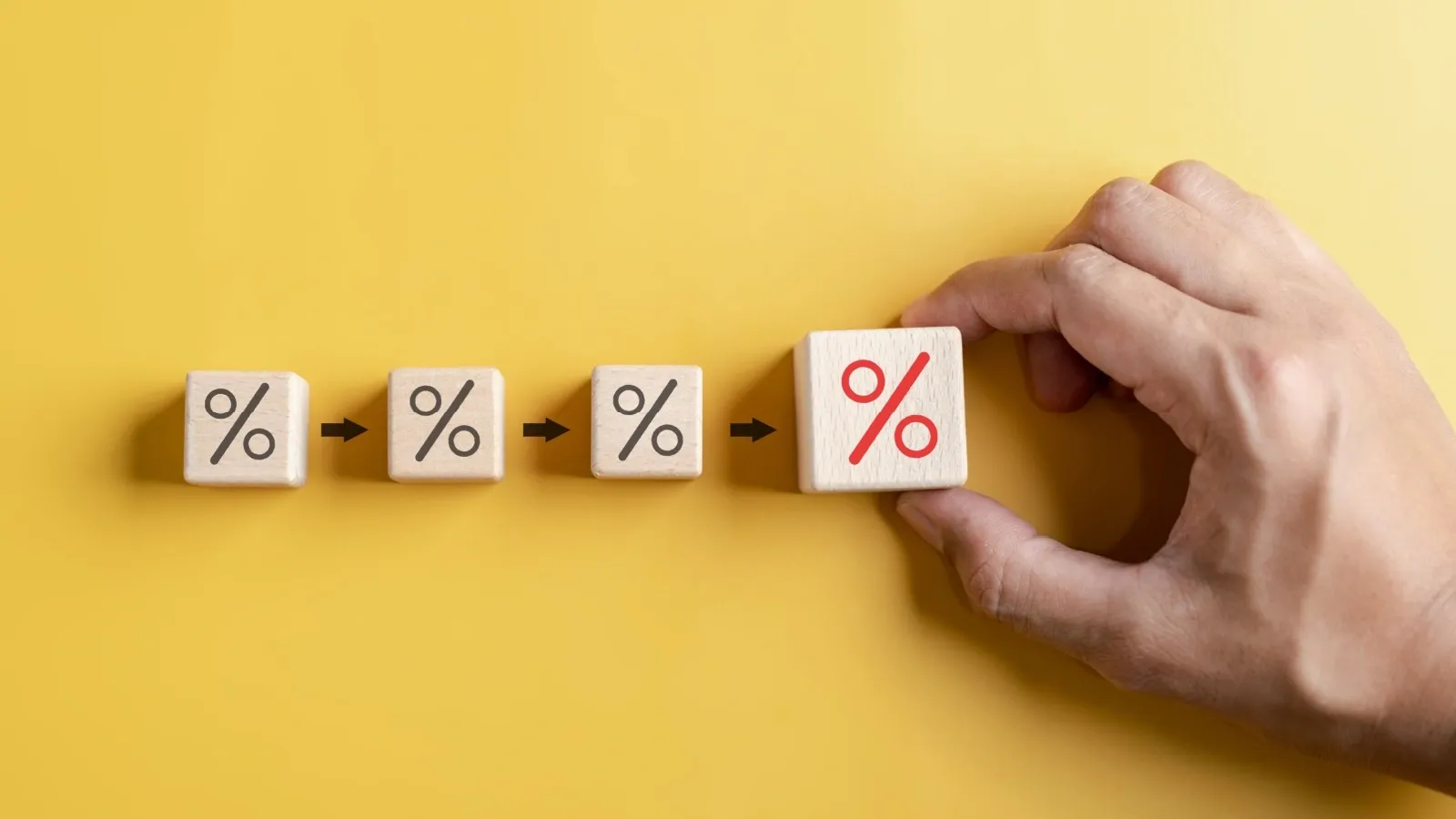What is the Difference Between the Sharpe Ratio & the Sortino Ratio
Written by Upstox Desk
Published on July 31, 2025 | 5 min read

What is the Sharpe Ratio?
Sharpe Ratio is a measure of returns on investment in a mutual fund, compared to the risk-free rate of return. A fund with a Sharpe Ratio of 1.0 would have achieved the same rate of return as the risk-free rate, while a fund with a Sharpe Ratio of 0.5 would have suffered a 50% loss. A Sharpe Ratio over 1.0 is desirable, as it indicates that the fund has achieved a high return for its risk. Sharpe Ratio is an important measure of the risk-adjusted performance of a financial instrument. It is calculated as the excess return (over the risk-free rate) earned by an investment relative to the risk associated with that investment.
The Sharpe Ratio is a good indicator of how well a mutual fund performs. A fund with a Sharpe Ratio greater than 1.0 is considered profitable, while a fund with a Sharpe Ratio less than 0.5 is considered risky.
Advantages & Disadvantages of the Sharpe Ratio?
The Sharpe Ratio is a risk-adjusted return measure used to evaluate how well an investment has performed versus a risk-free asset. The higher the Sharpe Ratio, the better the investment's risk-adjusted return. Advantages of the Sharpe Ratio include that it is relatively easy to calculate and interpret, provides useful information about the risk-return tradeoff of an investment, and can be used to compare investments with different levels of risk. Disadvantages include that it does not account for the non-linear behaviour of many investments and does not incorporate the effects of taxes or other transaction costs.
Calculating the Sharpe Ratio
The Sharpe Ratio is calculated by taking the annual return of an investment, subtracting the risk-free rate of return, and dividing the result by the standard deviation of the investment's returns. The risk-free rate of return is typically the current rate on government bonds. The standard deviation measures the volatility of the investment's returns over the same period.
Sharpe Ratio = (Rx – Rf) / StdDev Rx
Where:
- Rx = Expected portfolio return
- Rf = Risk-free rate of return
- StdDev Rx = Standard deviation of portfolio return (or, volatility)
What is the Sortino Ratio?
The Sortino Ratio is a risk-adjusted measure of return that is similar to the Sharpe Ratio but takes into account only the downside risk of an investment. It is calculated by taking the annual return of an investment, subtracting the target rate of return, and dividing the result by the downside deviation of the investment's returns. The target rate of return is typically the required rate of return of the investor. The downside deviation is a measure of the volatility of the investment's returns over the same period, but only for returns that fall below the target rate of return.
Advantages & Disadvantages of the Sortino Ratio?
The advantages of the Sortino Ratio include that it is more accurate than the Sharpe Ratio in evaluating investments with asymmetrical risk profiles, it can incorporate the effects of taxes and other transaction costs, and it is more sensitive to differences in downside risk between investments. Disadvantages of the Sortino Ratio include that it is more difficult to calculate and interpret than the Sharpe Ratio and does not account for the non-linear behaviour of many investments.
Calculating the Sortino Ratio,
The Sortino Ratio can be taken out by taking the annual return of an investment, subtracting the target rate of return, and dividing the result by the downside deviation of the investment's returns. The target rate of return is typically the required rate of return of the investor. The downside deviation is a measure of the volatility of the investment's returns over the same period, but only for returns that fall below the target rate of return.
Use of Sharpe Ratio and the Sortino Ratio in investing
Mutual funds are a popular investment vehicle, but knowing about the Sharpe Ratio and the Sortino Ratio can help investors make smarter choices. The Sharpe Ratio measures how volatile a fund's returns are relative to its risk. A higher Sharpe Ratio indicates that the fund's returns are more volatile than its risk. The Sortino Ratio is a measure of a fund's risk-adjusted return. A higher Sortino Ratio indicates that the fund's returns are more consistent with its risk. Both ratios can help investors better understand a fund's risk and return profile. Mutual fund investors are always interested in knowing how their investments are performing. One measure of a mutual fund's performance is the Sharpe and Sortino ratios.
The Sharpe ratio is a measure of return on investment (ROI) and is calculated as the annualized return after subtracting the risk-free rate of return from the total return. The Sharpe ratio is a good indicator of how well a mutual fund performs and can be useful when comparing mutual funds. The Sortino ratio measures a fund's risk and return and is calculated as the inverse of the Sharpe ratio. The Sortino ratio is also known as the "fatal error" or "fatality" rate. A high Sortino ratio indicates that a fund has high risk and potential for earning returns.
Both the Sharpe and Sortino ratios are valuable metrics for mutual fund investors, but they should be used with caution. For example, a fund with a high Sharpe ratio might have high returns and volatility. A fund with a high Sortino ratio might have low risk and low potential for earning returns.
In Conclusion
The main difference between the Sharpe Ratio and the Sortino Ratio is that the Sortino Ratio takes into account only the downside risk of an investment, while the Sharpe Ratio takes into account both the upside and downside risk. The Sortino Ratio is more accurate than the Sharpe Ratio in evaluating investments with asymmetrical risk profiles, as it can incorporate the effects of taxes and other transaction costs and is more sensitive to differences in downside risk between investments.
About Author
Upstox Desk
Upstox Desk
Team of expert writers dedicated to providing insightful and comprehensive coverage on stock markets, economic trends, commodities, business developments, and personal finance. With a passion for delivering valuable information, the team strives to keep readers informed about the latest trends and developments in the financial world.
Read more from UpstoxUpstox is a leading Indian financial services company that offers online trading and investment services in stocks, commodities, currencies, mutual funds, and more. Founded in 2009 and headquartered in Mumbai, Upstox is backed by prominent investors including Ratan Tata, Tiger Global, and Kalaari Capital. It operates under RKSV Securities and is registered with SEBI, NSE, BSE, and other regulatory bodies, ensuring secure and compliant trading experiences.

























